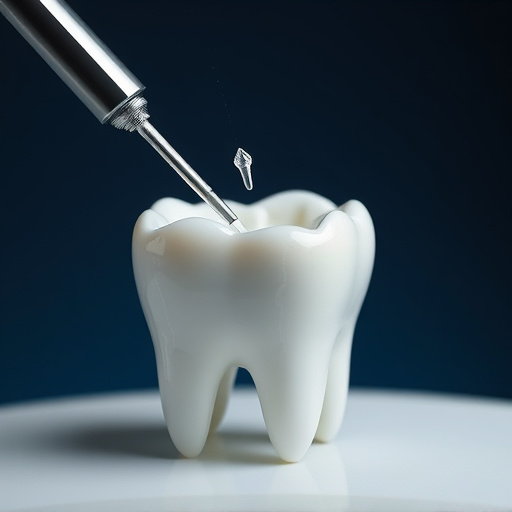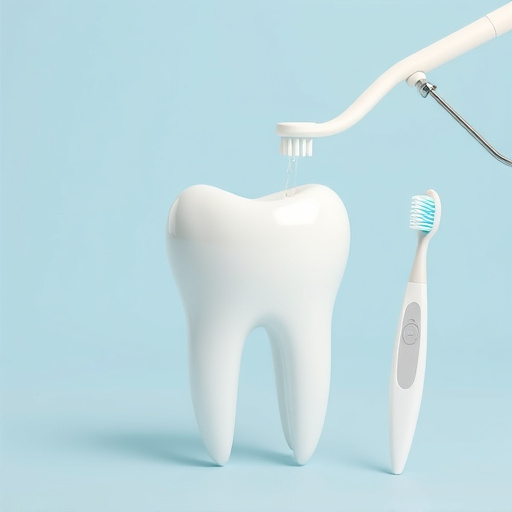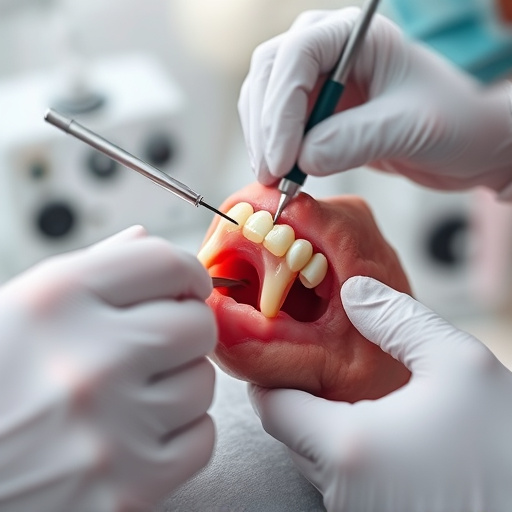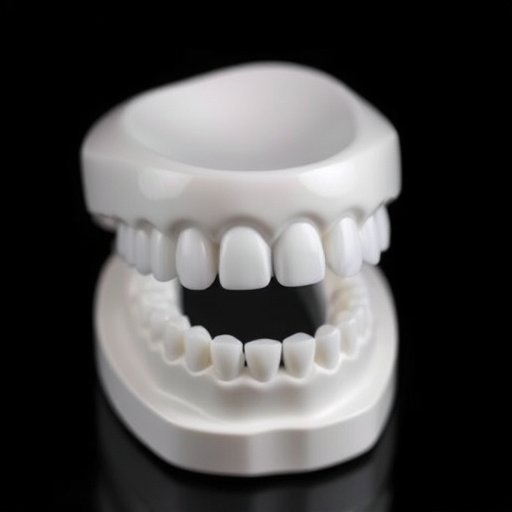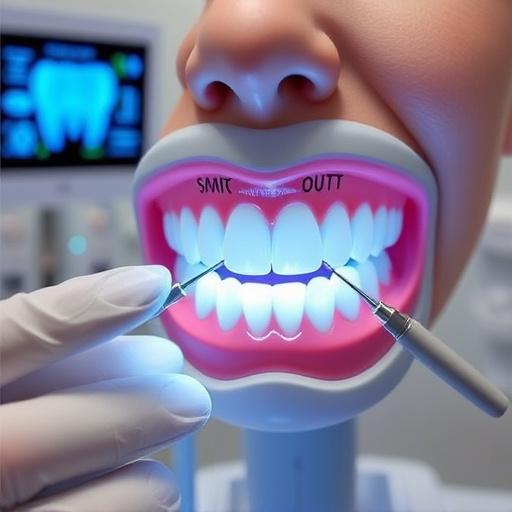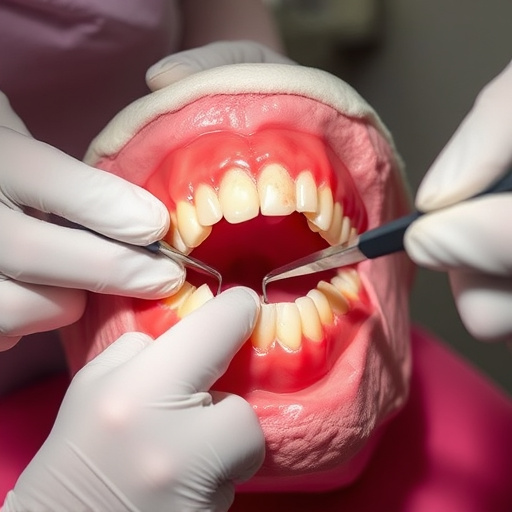Dental bridge replacement is a meticulous process led by a restorative dentist who plans and customizes artificial teeth (pontics) to fill gaps left by missing teeth. This involves careful assessments, bite alignment, dental impressions, and advanced imaging for precise measurements. Success depends on open communication, proper care, and regular cleanings which preserve surrounding teeth and gums, ensuring long-lasting aesthetic and functional benefits, and preventing bone loss. While initially costly, bridges offer a convenient permanent solution compared to removable dentures.
Dental bridge replacement is a common procedure to restore missing teeth, offering both aesthetic and functional benefits. This article explores the comprehensive guide to dental bridge replacement with dentist-guided planning. From understanding the process to highlighting the role of expert guidance in ensuring success, we delve into the key aspects. Additionally, we discuss long-term solutions, considering benefits and important factors for a durable and healthy smile.
- Understanding Dental Bridge Replacement Process
- The Role of Dentist-Guided Planning in Success
- Benefits and Considerations for Long-Term Solutions
Understanding Dental Bridge Replacement Process

Dental bridge replacement is a precise procedure designed to restore oral function and aesthetics. It involves the placement of artificial teeth (known as pontics) between two dental implants or existing healthy teeth, effectively filling in the gap left by a missing tooth or teeth. This process is carefully planned and executed by a qualified dentist who specializes in restorative dentistry.
During dental bridge replacement planning, your family dentistry professional will first assess your oral health and bite alignment to ensure you’re a suitable candidate. They may take X-rays and impressions of your teeth to design custom-fitted bridges that blend seamlessly with your natural teeth. In some cases, emergency dental care might be required before the procedure to address any immediate concerns. The dentist will guide you through each step, ensuring comfort and optimal results, as they work towards achieving a beautiful and functional smile.
The Role of Dentist-Guided Planning in Success

Dentist-guided planning plays a pivotal role in ensuring the success of dental bridge replacement procedures. This comprehensive approach involves detailed assessments, advanced imaging technologies, and precise measurements to create customized solutions tailored to each patient’s unique needs. By integrating these strategies, dentists can accurately predict the fit, function, and aesthetics of the new bridge, significantly reducing the risk of complications and ensuring long-lasting results.
Furthermore, this guided planning process facilitates effective communication between the dentist and the patient. It allows for a thorough understanding of the treatment goals, addressing any concerns or questions. Regular dental cleanings and even procedures like wisdom tooth removal can contribute to maintaining optimal oral health, making it easier to achieve successful outcomes with dental bridge replacements.
Benefits and Considerations for Long-Term Solutions

Dental bridge replacement offers a long-term solution for missing teeth, providing both aesthetic and functional benefits. One of the key advantages is its durability; with proper care, bridges can last for decades. This not only saves patients from frequent replacements but also prevents the need for multiple dental procedures over time. Moreover, bridges preserve facial structure by preventing bone loss, which often occurs when teeth are missing. This results in a more youthful appearance and ensures that the jawline remains intact.
When considering dental bridge replacement, it’s essential to weigh these benefits against potential costs and maintenance requirements. While bridges are a significant investment, they offer excellent value in terms of comprehensive dental care. Regular dental cleanings and check-ups become crucial for maintaining the health of surrounding teeth and gums. Additionally, unlike removable dentures, bridges do not require frequent adjustments or replacements, making them a convenient choice for those seeking a permanent solution to missing teeth.
Dental bridge replacement, guided by dentist-driven planning, offers a reliable and long-lasting solution for tooth loss. By understanding the process, leveraging your dentist’s expertise, and considering the benefits and potential challenges, you can achieve a functional, esthetic, and durable restoration that enhances your oral health and overall well-being.








